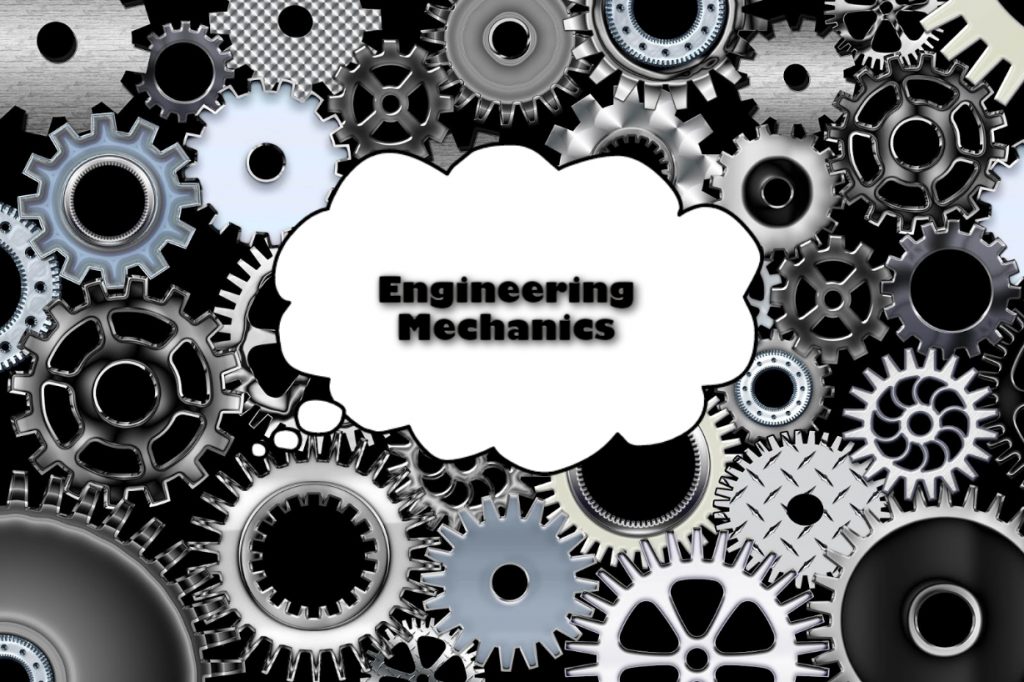31. According to parallel axis theorem, the moment of inertia of a section about an axis parallel to the axis through centre of gravity (i.e. IP) is given by(where, A = Area of the section, IG = Moment of inertia of the section about an axis passing through its C.G., and h = Distance between C.G. and the parallel axis.)
A. IP = IG + Ah2
B. IP = IG – Ah2
C. IP = IG / Ah2
D. IP = Ah2 / IG
32. The resultant of two equal forces P making an angle θ is given by
A. 2 P sin θ /2
B. 2 P cos θ /2
C. 2 P tan θ /2
D. 2 P cot θ /2
33. The force, by which the body is attracted, towards the centre of the earth, is called
A. impulsive force
B. mass
C. weight
D. momentum
34. Coplanar concurrent forces are those forces which
A. meet at one point, but their lines of action do not lie on the same plane
B. do not meet at one point and their lines of action do not lie on the same plane
C. meet at one point and their lines of action also lie on the same plane
D. do not meet at one point, but their lines of action lie on the same plane
35. The power developed by a body acted upon by a torque T newton meter (N – m) and revolving at ω radian/s is given by
A. T.ω (in watts)
B. T.ω/60 (in watts)
C. T.ω/75 (in kilowatts)
D. T.ω/4500 (in kilowatts)
36. The time taken by a particle for one complete oscillation is known as periodic time.
A. Agree
B. Disagree
37. The velocity ratio of a first system of pulleys with 4 pulleys is
A. 4
B. 8
C. 16
D. 20
38. One joule means that
A. work is done by a force of 1 N when it displaces a body through 1m
B. work is done by a force of 1 kg when it displaces a body through 1 m
C. work is done by a force of 1 dyne when it displaces a body through 1 cm
D. work is done by a force of 1 g when it displaces a body through 1 cm
39. The moment of inertia of a sphere of mass m and radius r, about an axis tangential to it, is
A. 2mr2/3
B. 2mr2/5
C. 7mr2/3
D. 7mr2/5
40. The velocity ratio for the first system of pulleys is(where n is the number of pulleys.)
A. n
B. n2
C. 2n
D. 2n – 1
